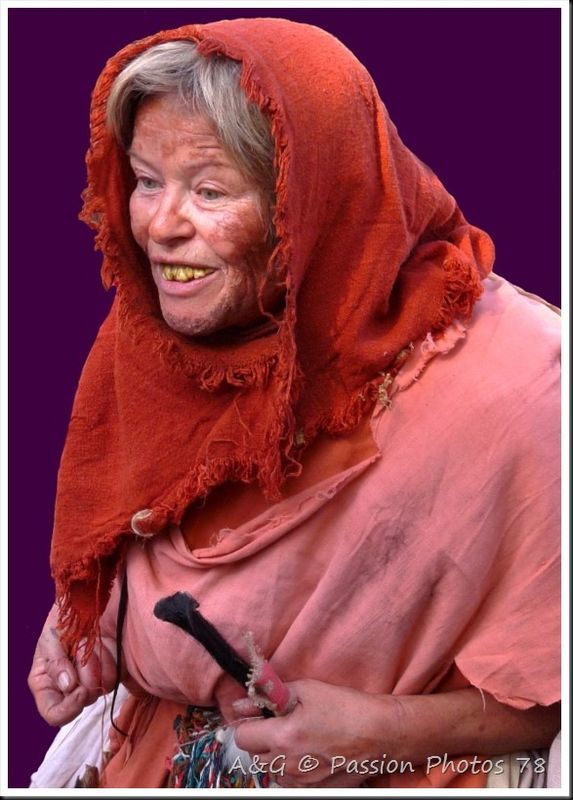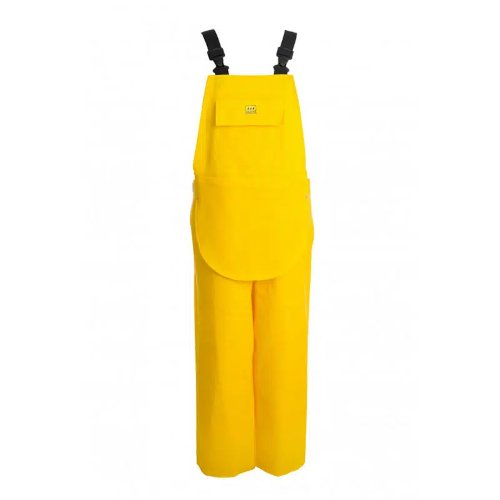Are you ready to embark on the fiacre of the pier, dressed in your finest chulotte to protect against the fagne, before hoisting the bags onto the balancelles, preferably without any chafraille?
What's that ? ?
No worries, we forgive you! The oyster farming vocabulary is rich in picturesque homonyms or simple local dialects. To better immerse you in the colorful language of our world, here are some definitions to enlighten you. But be careful, from one end of the pier to the other, this vocabulary can still change, a testament to the flourishing imagination of our chuvasoutes…
Vocabulary on Oyster Farming Equipment
Fiacre: You won’t find any horse-drawn carriages or steeds pulling our pallets of bags. Contrary to what you might expect, the fiacre is actually the stern of the barge. What's the connection, you might ask? No one seems to remember…


Ponton: Commonly referring to a floating platform, mainlanders also use this term to denote barges, otherwise known as ferries or barges.
Lasse: A small oyster boat with a flat bottom.

Ambulance: Another unlikely means of oyster transport? Not at all. It’s yet another playful semantic twist historically used to refer to… ... a crate…


Balancelle: During our breaks, we enjoy lounging in the sun, rocked by the back-and-forth motion of swings gracefully installed in each oyster shack courtyard. But of course! It is well known…
But of course! It is well known… The balancelle is actually the metal rack on which we stack the bags caught at tide.
Table: A metal frame set up in marine parks, on which oyster bags are placed.


Gueuse : Et non, les « mendiantes médiévales sorties des Visiteurs » ont cessé de parcourir nos contrées depuis belle lurette… La gueuse est un bloc de béton servant d’ancrage.
Chulotte: Regional slang for pants, it actually refers to the shiny waxed overalls we wear to protect ourselves from moisture and mud.


Quichenotte: A typical Charentais headgear used to protect women’s necks and cheeks.

The Colorful Language of Oysters
Heûtte: A typically Oléronais dialect term that simply means an oyster.
Asperge ou banane : Quelques fruits et légumes pour agrémenter nos paniers d’huîtres ? Que nenni. Les asperges et bananes de notre jargon sont des huîtres allongées, aussi nommées « oreilles de lièvre », « longasse », ou tout simplement « longues ».
Marron: Similarly, the marron is actually an oyster that grows slowly.
Boudeuse: A charming term for a small, very old oyster that no longer has the capacity to grow.
Coquette: A delicate nickname for a wild oyster fished directly from the rocks.
Papillon: After the produce markets, let's wander among the fauna with this beautiful insect, suggestive of a very light oyster.
Galoche: No kisses on the barge at sunset: less romantically, the galoche is a large, very old wild oyster.
Lard: As the name suggests, this refers to a fatty, well-fleshed oyster.
Grelat, Racasse: Evoking the sound of tinkling bells, these are oysters ebected (whose shell is holed or slightly open) or lacking water, producing a hollow sound and ringing when struck against each other.
Chafraille, Coque: Dead oyster.
Cravans, Balane: Small shells attached to the oysters.
Galli, Cressance: Very small oysters, close to the spat, clumped on the shells of larger oysters.
Chacotis: Small, non-sellable oysters whose size is between the spat and size number 6.
Marine Terminology of Oysters

Eve: A beautiful feminine allegory aptly used to denote the primary element of our work and the source of life in general: water.
Bourgh’oueses, Bourch’ouses: A distinctly less biblical nickname for women...
Chuvasoute, Vasou: Oyster farmer
Galope-chenaux: In the past, one who lived exclusively off the often illicit fishing of shellfish in the channels. Today, the term refers to a person who lives off minor oyster farming tasks.
Flot/Jusant: Rising tide / falling tide
Maline, vives-eaux: A period during which tides reach their maximum amplitude.
Mort d’eau: A period of low tidal amplitude.
Doucin: A mixture of freshwater and seawater.
Ragouillis: Ripple
Gauger: Filling one's boots with water.
Fagne, merghi: Mud
Baurne, gaudre: Stained with mud
Chancre: Does the expression "to devour like a chancre" ring a bell? It comes from the name of the small crab that burrows into mussels to nibble at them.
Morue: Even though Portuguese oysters have taken over our coasts, this term does not refer to the iconic fish of Portugal but to a stone covered with algae...
Pissout: An aptly charming name given to a small ball-shaped algae that sticks to oysters and rewards anyone unlucky enough to puncture it with a nice squirt of seawater.
Trois-pieds: A little counting problem? It refers to the starfish, which is actually pentapedal. Go figure...
Crépidule : A predatory shellfish, akin to the whelk, known for its drilling behavior.
In the Rhythm of Éole
Nour: North wind
Noroît: Northwest wind
Norde: Northeast wind
Sû: South wind
Suroît: Southwest wind
Sude: Southeast wind
Vimère : Damage caused by a severe storm
A little bit of Chauvinism...

Chuterreux: Farmer
Baignassout’s, Baignout’s: A friendly nickname we occasionally, and always with the best intentions, give to tourists...
Oyster Farming Stories
How Oysters Are Numbered
Ever wondered why oysters are numbered from 6 to 1 based on size? It's because they were traditionally sorted by how many could fit in a hand.
Why We Sell Oysters by the Dozen
Back in the old days in our swampy areas, when not everyone knew how to count, people counted using their thumb on the 12 phalanges of their other fingers. That's how the practice of selling by the dozen came to be.
Oyster IQ
Oysters don't have a central nervous system or a brain. But they do have a heart, made up of an atrium and a ventricle, located near what's known as the adductor muscle or the node. So while oysters might not be the chattiest creatures, they're certainly not lacking in heart...
And that’s it, you’re all set for a fascinating journey into the world of words! Life’s never boring with the chuvasoutes...
Curious about oysters? Check out our article "The Oyster in History."

